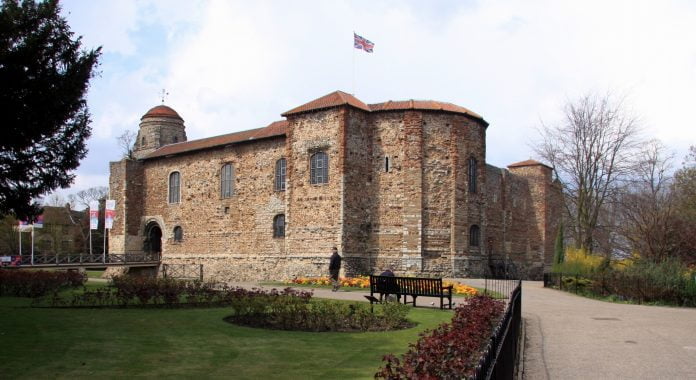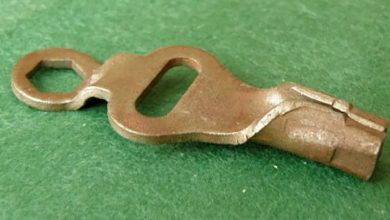Uncategorized
Colchester Castle – The Exemplary Norman Heritage of Essex (History & Travel Tips)

As one of the 7 man-made wonders in the east of England, Colchester Castle has quite a noble repute. From its Norman origins to its status as a darling Royal fortress, this castle has been notable throughout history and remains an important tourist destination to this day. Let’s look at everything that it was, and all that it has to offer today:

Dating Back to the Normans
Colchester is one of the most formidable and largest keeps that was ever built by the Normans. William the Conqueror ordered its construction to begin circa 1070. The lack of accessible, quality stone led the Normans to build it on the foundational ruins of the Temple of Claudius. The ancient Roman ruins of the base were also symbolic of William’s might resembling that of the Roman Emperors.
Eudo’s Designs
Colchester Castle’s construction was completed in two stages, the first one of which oversaw the building of a single-story structure. Phase two began around 1101, carried out by Eudo Dapifer, the Steward of Normandy. Under him, the walls were made higher and the current look of Colchester was achieved. Dapifer remained custodian of Colchester until his death.
Medieval Iteration (13th Century)
The year 1216 saw Colchester Castle being attacked by King John, whose refusal to be bound by the Magna Carta led to the First Barons War. Colchester Castle was in the middle of all the action: taken by the French occupying force, but ultimately regained by the Crown. For a small while in 1217, it was given to the Barons as a truce but was regained by Henry III and subsequently cared for by a number of stewards after.
Colchester Castle as a Prison (13th-17th Century)
The 13th century saw Colchester Castle being used as a prison. It used to hold hundreds of people at a time, all kept in horrific conditions. At one point (circa 1645), it was also used by the witch-hunter, Mathew Hopkins to interrogate “witches.” It continued to be used as a jail until 1668, when it was transitioned to functioning as a prison for long-term convictions. At least part of the castle continued to be used for this purpose until 1835.
The 18th Century Refurbishment
Colchester Castle was eventually bought by a private owner, Mary Webster, who gifted it to her daughter Sarah’s groom, Charles Gray, as a wedding present. Charles was an avid antiquarian and a lawyer along with a member of the Colchester Parliament.
It was Gray who began restoration efforts on the castle. He leased one side to a grain merchant while the east side was still used as the county gaol. He worked on the refurbishment of the facade, wrongly assuming that the entire structure was Roman. His choice of Mediterranean-style tiles on the roof can still be seen from the Castle’s park. Other than that, he also added a private park, a summer house constructed on the old Norman foundations, and a library.




